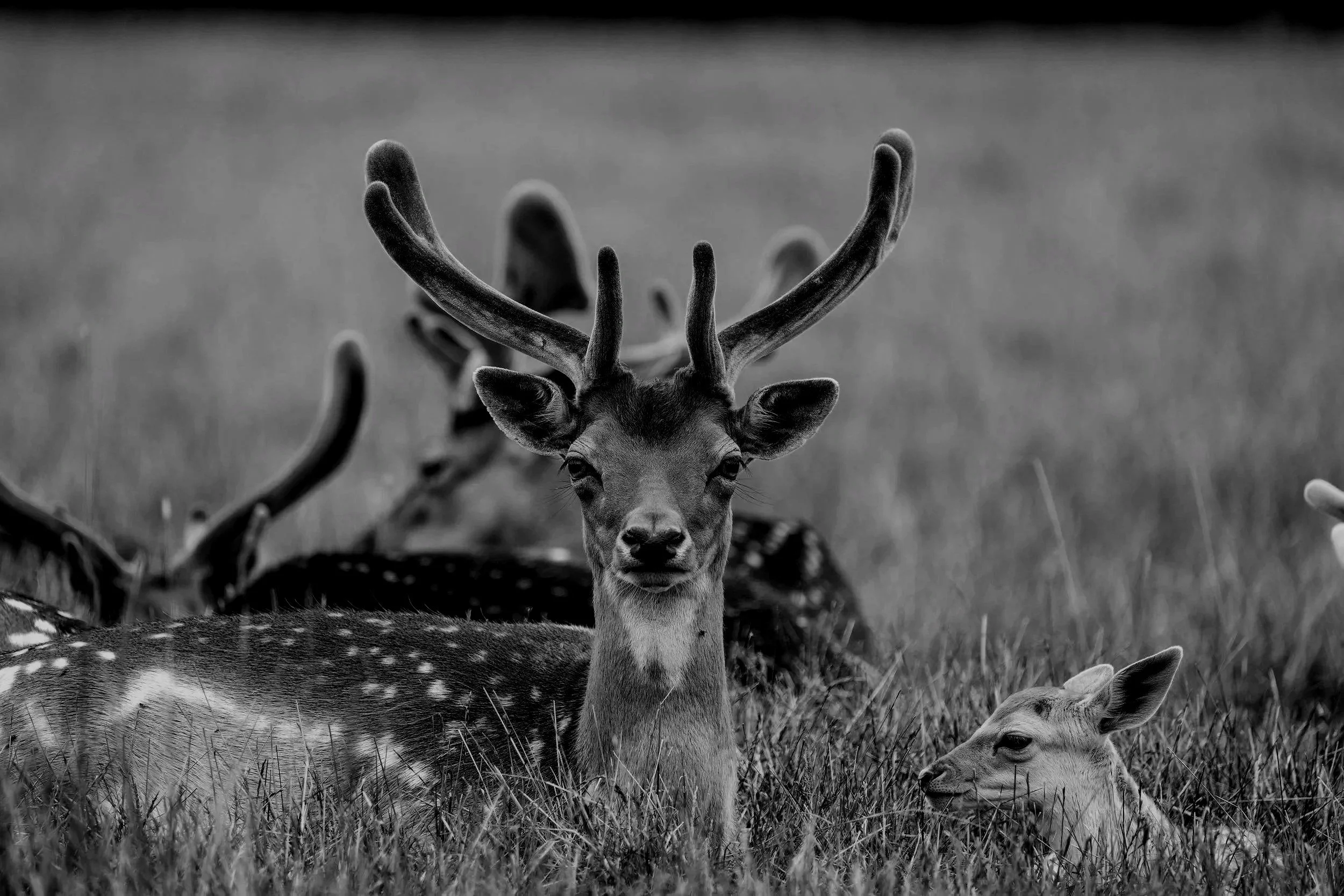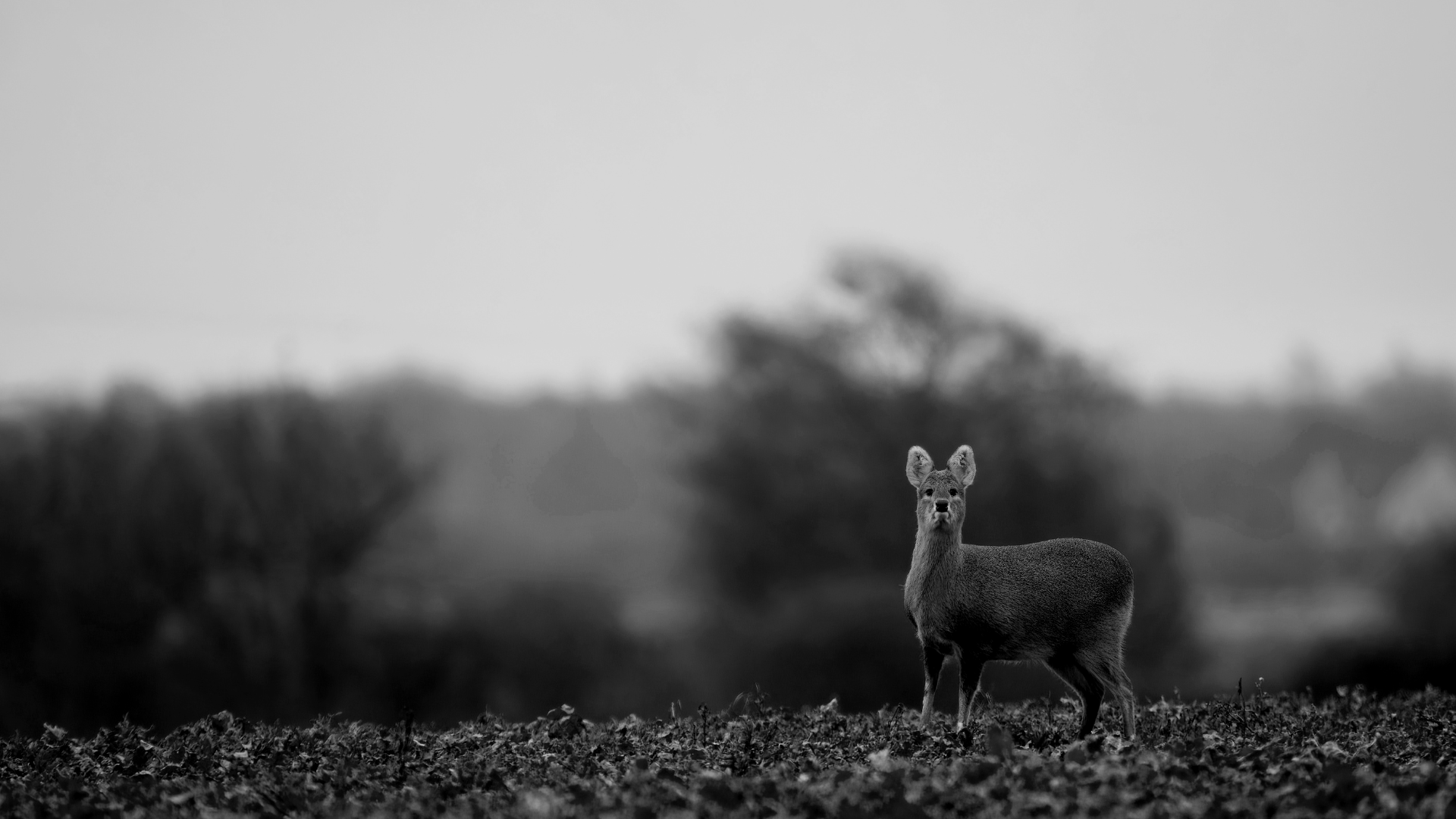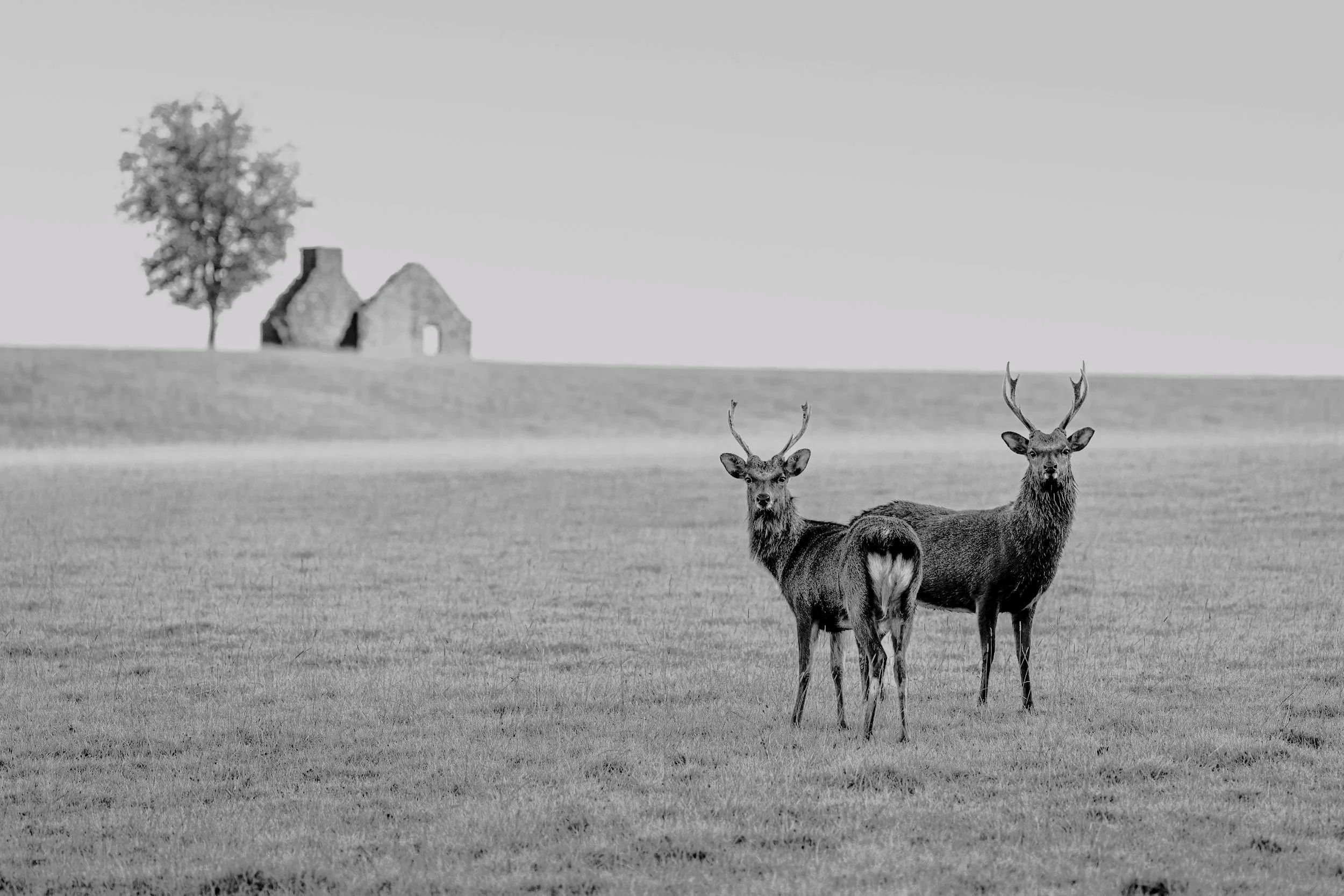Ecologist Led Professional Deer Management

Professional Deer Management Services
At WILDFORCE LTD, we specialise in ecologist-led deer management across Dorset, Hampshire, Wiltshire, Devon and the wider UK. Our role is to help landowners, farmers and conservation groups reduce deer impacts in a way that is humane, ethical and sustainable. We do not provide trophy hunting or guided stalking. Instead, our focus is science-based wildlife management that restores balance between deer populations, land use and biodiversity.
Why Is Deer Management Important
Uncontrolled deer populations are one of the biggest threats to the regeneration of native woodlands and sensitive habitats. Overgrazing can prevent trees from establishing, damage agricultural crops, and put rare species at risk. Without professional management, these pressures can escalate quickly, reducing both ecological health and the economic value of your land. Effective deer control ensures healthy, sustainable populations while protecting the future of your landscape.
What Is Deer Management
Deer management is the practice of controlling wild deer populations to prevent overpopulation, reduce crop damage, and protect ecosystems. This often involves culling, a controlled reduction of deer numbers, to maintain a healthy balance between wildlife and the environment. Effective deer management helps prevent disease, limits ecological damage, and reduces risks like vehicle collisions, ensuring sustainable habitats for both deer and other wildlife.
Qualifications
WILDFORCE is a specialist professional deer management company in the UK, specialising in humane and effective deer management for estates, farms, and conservation areas. Our team is highly qualified, holding a BSc (Hons) in Wildlife Ecology, level 3 Extended Technical Diploma in Land and Wildlife Management, and DSC1 & DSC2 certifications, ensuring all work is carried out to the highest standards. We provide expert deer population surveys, culling, management and habitat management, combining science-based methods, licensed expertise, and ethical practices to deliver safe, sustainable, and tailored deer management solutions across the UK.
Number of Deer in the UK: 0
Estimated national population

What Is Deer Management? Definition & Purpose
Deer management is the planned and responsible control of deer populations to protect the environment, agriculture, public safety, and biodiversity. It involves assessing local deer numbers, studying behavior and movement patterns, and applying targeted strategies such as controlled culling, fencing, habitat enhancement, and population monitoring.
Effective deer population management helps prevent issues like:
Habitat damage from overgrazing
Crop loss in agricultural areas
Road traffic collisions involving deer
Disruption of woodland regeneration
These strategies are vital for promoting deer welfare, protecting native ecosystems, and supporting long-term ecological balance. By managing deer sustainably, landowners and conservationists can reduce conflicts between wildlife and human activity while preserving the species' role in the natural environment.
The ultimate goal is to maintain a healthy, sustainable coexistence between deer and human interests, ensuring ethical practices that support conservation and biodiversity across the UK.
Comprehensive Deer Management Services – Dorset, Devon, Hampshire, Wiltshire & UK‑Wide
At WILDFORCE LTD, our professional deer management services combine ecological expertise with practical solutions to protect your land, enhance biodiversity, and minimise deer‑related impacts across the UK, including Dorset, Devon, Hampshire, Wiltshire, and surrounding areas.
Expert Deer Consultancy & Advisory Services
Receive tailored guidance from our team of qualified deer consultants and ecologists. We analyse site‑specific challenges—whether agricultural, forestry, or conservation—and recommend strategic, compliant approaches to population control and habitat management.
Deer Surveying & Bespoke Management Plans
Detailed Field Surveys: Assess local deer density and movement patterns using the latest monitoring techniques.
Custom Deer Management Plans (DMPs): Develop site‑specific action plans that align with UK wildlife regulations, land‑use objectives, and seasonal considerations.

Professional Culling, Control & Contracting
Our licensed teams deliver humane, legally compliant deer control services:
Controlled culling operations
Full contracting from risk assessments to disposal
Transparent reporting and stakeholder communication
Herd Management
Deer Exclusion Fencing & Prevention
Protect crops, young trees, and sensitive habitats with our robust deer fencing installations. We can design and install perimeter defences that deter browsing while maintaining natural wildlife corridors.
Why Deer Management Matters in the UK
With six native deer species—red, roe, fallow, sika, muntjac, and Chinese water deer—effective management is critical to balancing ecosystem health and human interests.
Key Objectives of Deer Management
Population Control UK
Monitor and regulate deer numbers to prevent overpopulation, reducing habitat degradation, crop damage, and vehicle collisions.Habitat Preservation
Minimise browsing pressure on woodlands and understorey plants to support natural regeneration and biodiversity.Disease Risk Mitigation
Lower transmission of wildlife‑borne diseases that can affect both deer and livestock, ensuring healthier populations.Community Engagement
Involve farmers, landowners, conservation groups, and local authorities to foster collaborative, transparent management strategies.Research & Monitoring Services
Provide continuous data on deer movements, population dynamics, and health assessments—empowering informed decision‑making and adaptive management.
Choose WILDFORCE LTD for end‑to‑end deer management solutions that blend scientific rigour, legal compliance, and on‑the‑ground know‑how—ensuring sustainable, ethical outcomes for your land and the wider environment.
WANT TO READ MORE?
INVASIVE NON-NATIVE DEER SPECIES CONTROL

Contact us
DEER RELATED FAQs
I have a deer problem, how do I remove them?
Deer populations can pose significant challenges in the UK, particularly in terms of agricultural damage, road safety, and the impact on native wildlife. To manage these issues legally, landowners should consider employing professional contractors who specialise in deer control and management. These contractors are equipped with the necessary licences and expertise to assess the situation, implement effective strategies, and ensure humane removal methods. Engaging a contractor not only ensures compliance with relevant legislation but also promotes sustainable practices that contribute to ecological balance. It is essential to conduct an assessment to determine the appropriate approach, which may include fencing, culling, or habitat management, all aimed at reducing the deer population responsibly.
How do I stop deer eating plants in my garden?
To prevent deer from eating plants in your garden, consider implementing several strategies. Firstly, physical barriers such as fences can be highly effective; a fence at least 2.5 metres tall, buried a foot deep, can deter deer. Additionally, Planting deer-resistant species, such as lavender, herbs, or certain perennials, can also reduce the likelihood of browsing. A combination of these methods is often the most successful approach to keep deer at bay.
What species of deer are native to the uk?
The native species of deer in the UK include the Red Deer (Cervus elaphus) and the Roe Deer (Capreolus capreolus). The Red Deer, known for its impressive size and large antlers, they are found across Scotland and the UK. The Roe Deer, smaller in comparison, is more widespread and adaptable, thriving in a variety of habitats, including forests and agricultural land.














